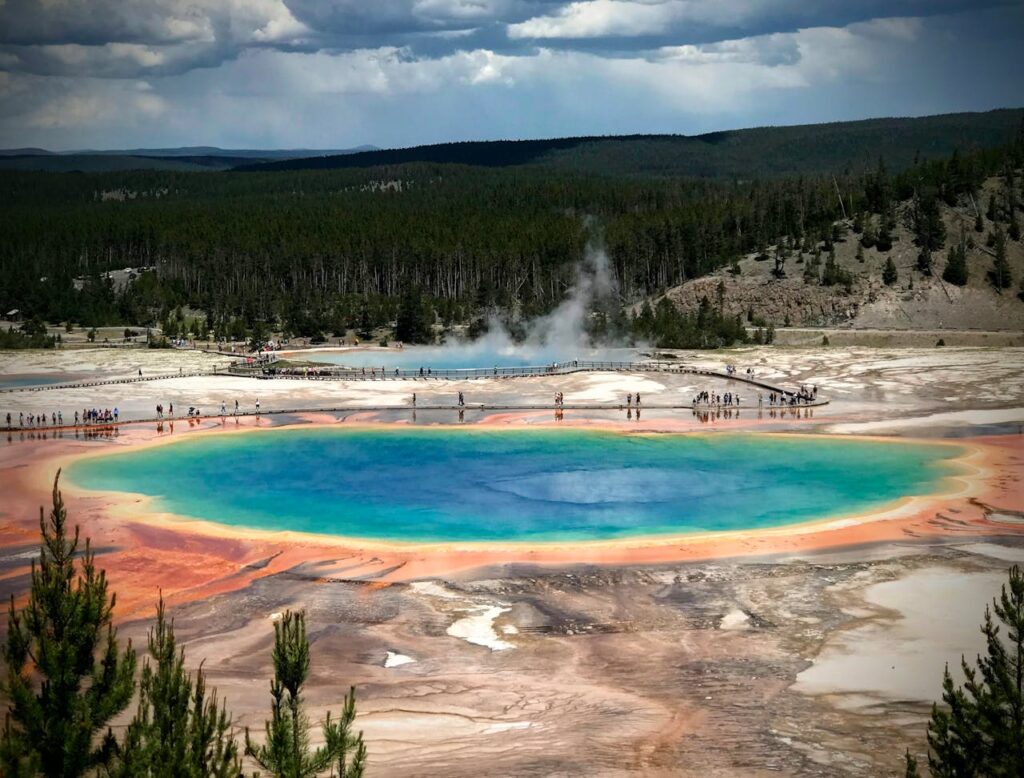The Great Pyramids of Giza are among the most iconic and enduring symbols of ancient Egypt. These colossal structures have fascinated historians, archaeologists, and travelers for centuries. Standing proudly on the Giza Plateau, just outside Cairo, the pyramids are a testament to the engineering prowess of ancient Egyptian civilization. The Great Pyramid, also known as the Pyramid of Khufu, is the largest and most famous of the three, originally standing at a staggering height of 146 meters. But what makes these pyramids truly captivating is the air of mystery that surrounds them.
Constructed over 4,500 years ago during the Fourth Dynasty, the Great Pyramids were built as tombs for the pharaohs Khufu, Khafre, and Menkaure. The precision with which these structures were built continues to baffle experts today. Despite being constructed in an era devoid of modern tools and technology, the Great Pyramid was aligned almost perfectly with the cardinal points of the compass. The sheer size and complexity of the pyramids have led to numerous theories about how they were built, with some speculating about lost ancient knowledge or even extraterrestrial involvement.
What makes the Great Pyramids even more fascinating is the intricate network of chambers and passages hidden within their stone walls. The Great Pyramid of Khufu, for example, contains several chambers, including the King’s Chamber, the Queen’s Chamber, and the enigmatic Grand Gallery. The purpose of some of these chambers remains unclear, adding to the intrigue that surrounds the pyramids. Some theorists believe that the pyramids may have served purposes beyond mere tombs, possibly as astronomical observatories or repositories of ancient knowledge.
One of the most mysterious aspects of the pyramids is the question of how they were built. Theories abound, ranging from massive labor forces using simple tools and ramps, to more complex ideas involving advanced engineering techniques. Recent discoveries and studies have shed some light on the process, suggesting that a combination of skilled labor, sophisticated planning, and clever use of natural resources made the construction of these massive structures possible. However, much about the construction methods remains speculative.
The pyramids also hold cultural and spiritual significance. In ancient Egyptian belief, the pyramids were not just tombs; they were seen as gateways to the afterlife. The pharaohs believed that by constructing these grand monuments, they would ensure their safe passage into the next world, where they would live eternally with the gods. The shape of the pyramid itself was symbolic, representing the rays of the sun and the pharaoh’s ascent to join the sun god, Ra. These beliefs infused the pyramids with a deep sense of purpose and meaning, far beyond their physical form.
Visiting the Great Pyramids of Giza is an unforgettable experience. As you stand before these ancient structures, you can’t help but feel a sense of awe and wonder. The sheer scale of the pyramids, combined with their enigmatic history, creates an atmosphere of mystery that has drawn people from all over the world for millennia. Whether you’re a history enthusiast or simply a traveler seeking to experience one of the world’s most famous landmarks, the Great Pyramids of Giza offer a journey into the distant past, where the secrets of the ancient world still linger.
The nearby Sphinx, with its human face and lion’s body, adds to the mystique of the Giza Plateau. Carved from a single piece of limestone, the Sphinx stands guard over the pyramids, its purpose and origin shrouded in legend. Some believe that the Sphinx represents the pharaoh Khafre, while others suggest it may have had a different symbolic role altogether. As with the pyramids, the Sphinx raises more questions than it answers, making it an essential part of the Giza experience.
The Great Pyramids of Giza continue to captivate and inspire, standing as enduring symbols of ancient Egypt’s grandeur and mystery. Their stories are etched in stone, waiting to be discovered by those who seek to unravel the ancient secrets hidden within their towering walls.
EXPLORE MORE ARTICLES
Exploring Yellowstone National Park: America’s Natural Wonderland
Yellowstone National Park, the first national park in the world, is a breathtaking blend of…
The Great Pyramids of Giza: Unraveling Ancient Mysteries
The Great Pyramids of Giza are among the most iconic and enduring symbols of ancient…
Exploring the Great Barrier Reef: A Dive into Australia’s Marine Wonderland
The Great Barrier Reef, stretching over 1,400 miles off the coast of Queensland, Australia, is…
Exploring the Eiffel Tower: The Icon of Paris
Exploring the Eiffel Tower: The Icon of Paris The Eiffel Tower, an enduring symbol of…
Exploring the Great Wall of China: A Journey Through History
The Great Wall of China, an architectural marvel stretching over 13,000 miles, is one of…
MORE ABOUT AFRICA
The Great Pyramids of Giza: Unraveling Ancient Mysteries
The Great Pyramids of Giza are among the most iconic and enduring symbols of ancient…





